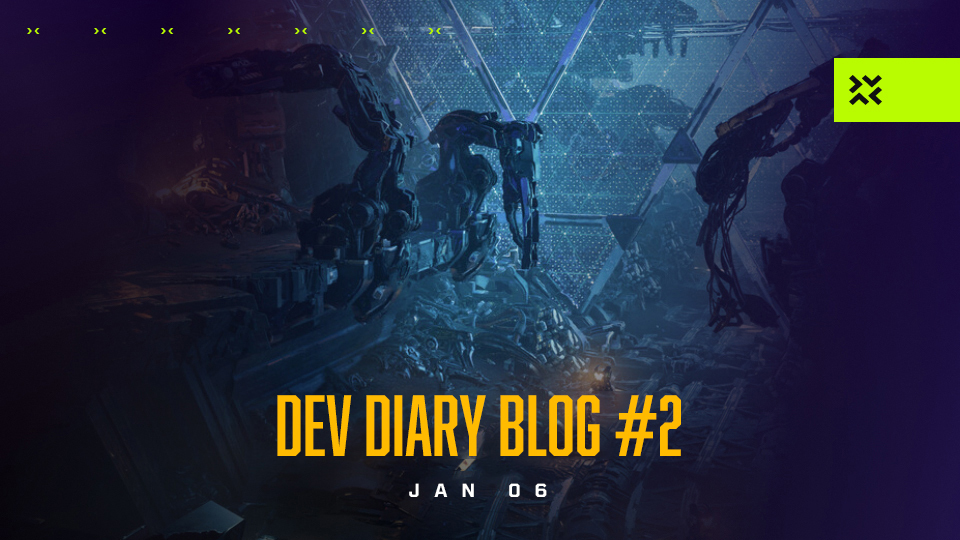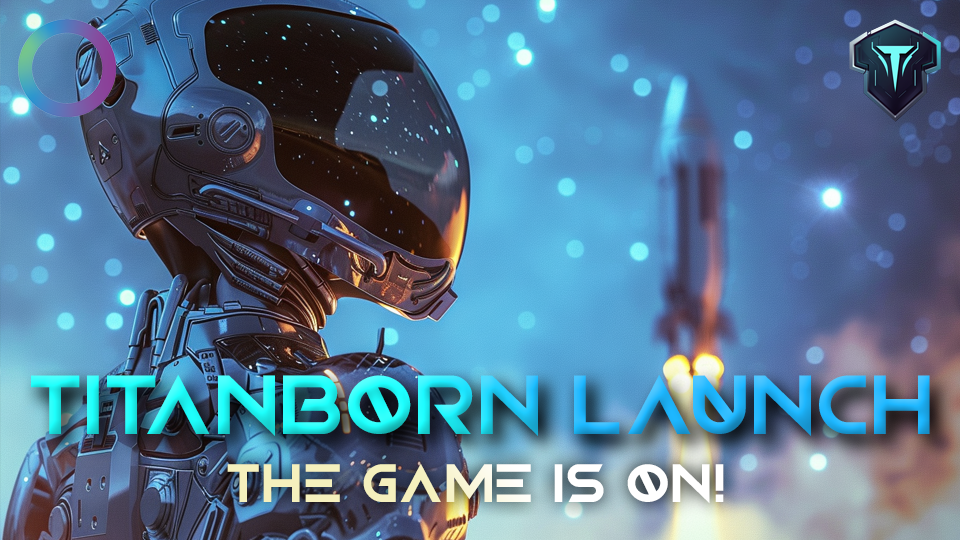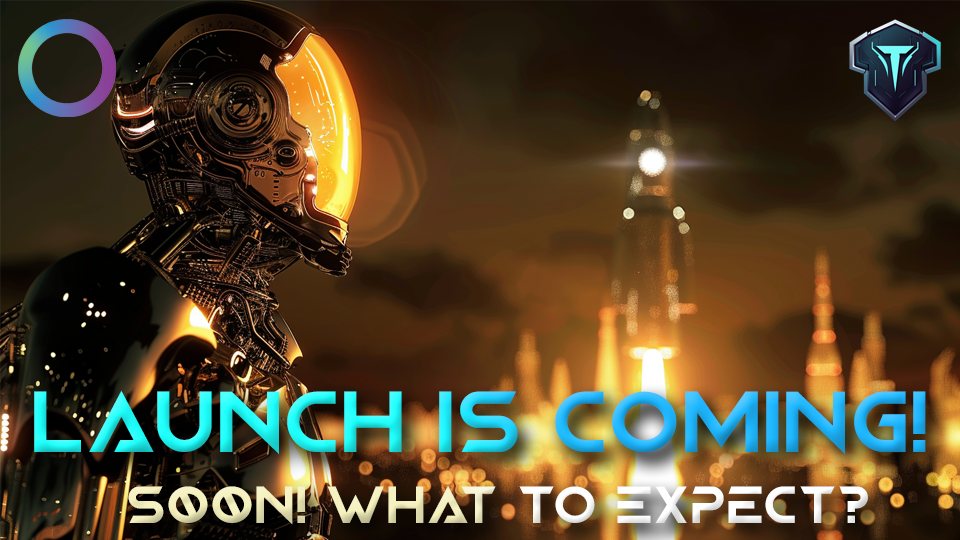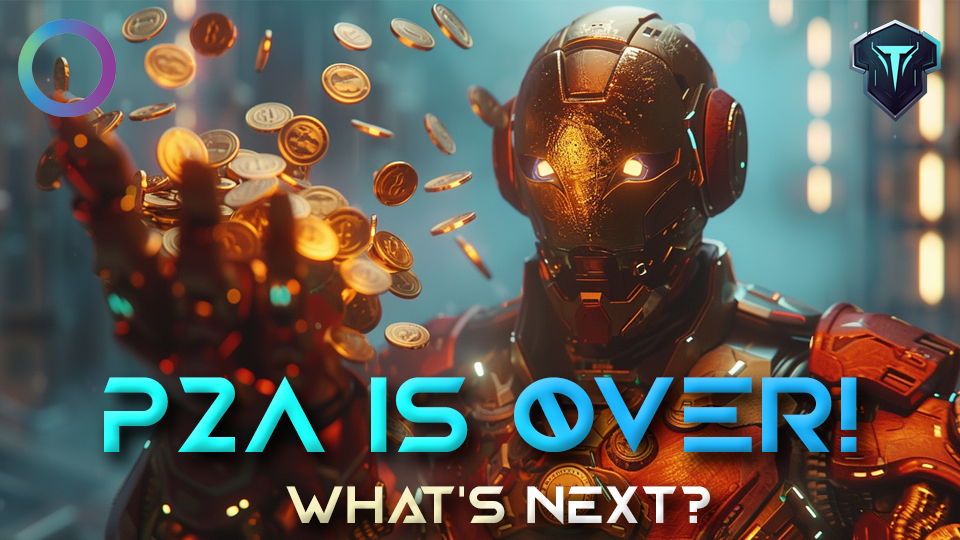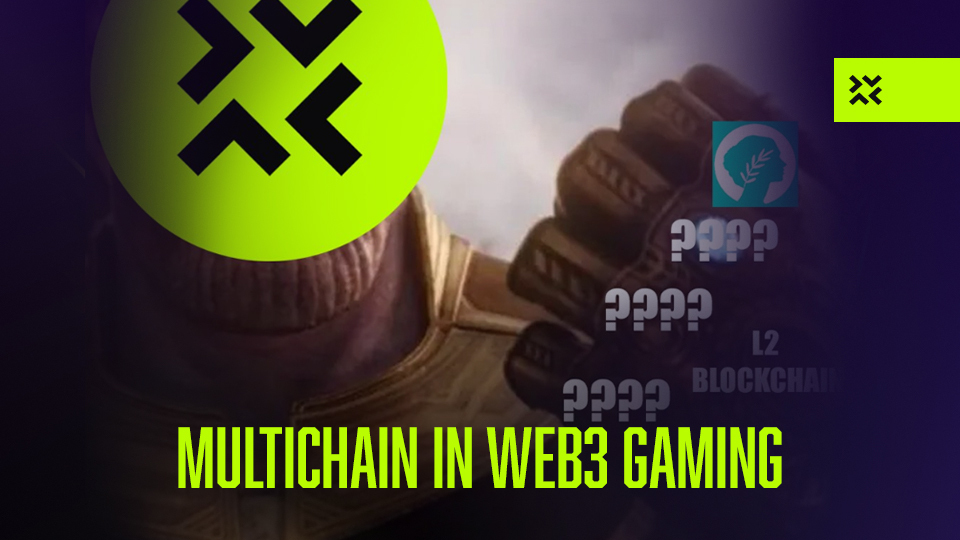
Is multi-chain (sometimes referred to as omni-chain) technology the key to unlocking the full potential of blockchain gaming?
In this article, we will present the awesome potential of omni-chain technology. We will also talk about how we intend to implement it to realize our vision of blockchain gaming accessible to all.
Multi-chain, or its more ambitious version, omni-chain, refers to a system that allows multiple blockchain networks to interoperate. Interoperability is the ability to easily share and exchange data between different blockchains, even if they use different protocols and consensus mechanisms.
There are several potential benefits to an omni-chain system. For one, it allows different blockchain networks to leverage each other’s strengths and capabilities. This potentially leads to more robust and scalable systems. An omni-chain system also makes it easier for businesses and organizations to integrate blockchain technology into their operations. In other words, they wouldn’t need to be tied to a single blockchain network. They could choose whichever best fits their needs.
The (not so) decentralized nature of blockchain
Strangely enough, blockchain technology isn’t quite as decentralized as most people would like it to be. Compared to the traditional financial sector, it’s undoubtedly a major improvement. However, many DeFi projects are grouped on the Ethereum chain.
Because of its high gas fees, other projects have decided to build on different blockchains. However, this has shut them out to other networks.
In other words, the success of certain projects has paradoxically disrupted the decentralized nature of blockchain technology. Developers are made to choose certain ecosystems while restricting their access to others.
There has been a lot of interest in omni-chain technology recently, as it has the potential to address some of the limitations and challenges of using blockchain technology in a real-world setting.
Multi-chain in 2023
It is difficult to predict exactly what we can expect in 2023 with omni-chain technology. It all depends on how quickly the technology evolves and is adopted. However, we will likely see continued progress and development in this area. We are also likely to see the emergence of more practical applications and use cases for omni-chain systems.
Several famous blockchains are working on omni-chain technology:
- Cosmos: A decentralized network of independent parallel blockchains, each powered by BFT consensus algorithms like Tendermint.
- Polkadot: A next-generation blockchain that enables the creation of customized blockchains that can interoperate with other networks.
- Wanchain: A decentralized platform that enables cross-chain transactions between different blockchain networks, including Ethereum and Bitcoin.
- Chainlink: A decentralized oracle network that allows different blockchain networks to securely access off-chain data and events.
- Aion: A multi-tier blockchain system that enables the creation of interconnected blockchain networks and the exchange of value and data between them.
- Icon: A decentralized network that allows different blockchain communities to interact and exchange value through smart contracts.
- MaiaDAO: Our partner is currently in the process of implementing an omni-chain solution!
Multi-chain gaming
The benefits for blockchain gaming are clear and far outweigh any drawbacks. Web3 gaming can only stand to gain from drawing on the best from each chain and accessing their user base.
- Scalability: One of the main benefits of multi-chain technology is that it can potentially increase the scalability of blockchain gaming platforms. By allowing blockchain networks to interoperate, it may be possible to distribute the workload across multiple chains, potentially leading to faster transaction speeds and reduced fees.
- Interoperability: Multi-chain technology could also make it easier for blockchain gaming platforms to interoperate with other platforms and systems. For example, a multi-chain system could allow players to use the same in-game items or assets across different gaming platforms, or allow players to easily transfer assets across blockchains. Imagine being able to easily move your Battle of Olympus armor from Metis to Ethereum in a blink of an eye!
- Improved security: Multi-chain systems could also potentially improve the security of blockchain gaming platforms, as they would not rely on a single chain. Therefore, Web3 gaming protocols would benefit from the security measures implemented by multiple networks.
- Greater flexibility: Finally, multi-chain technology could give developers and game designers more flexibility in terms of the technologies they can use and the features they can implement. For example, they could choose the blockchain network that best fits their needs and easily integrate with other networks as needed.
What does this mean for Revenant?
Revenant, too, has recognized the potential of expanding to other ecosystems. As part of our vision to make blockchain gaming accessible to all, we are looking to pave the way for mass adoption of our gaming ecosystem.
In order to build the best possible Web3 gaming company, we are interested in drawing on the very best that blockchain technology can offer, regardless of the chain.
If you ask us, Battle of Olympus and our future games should be accessible by the entire Web3 community, no matter if they are on Metis, Ethereum, Avalanche, Arbitrum, or any other blockchain.
Expect more details on how Revenant will proceed in the next while.


